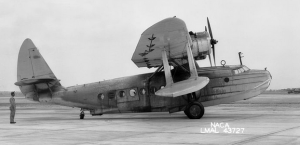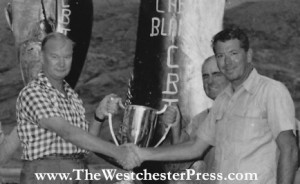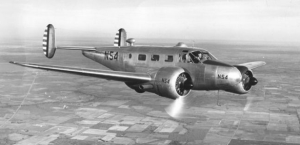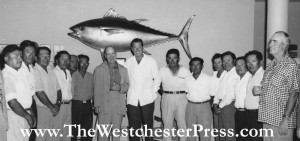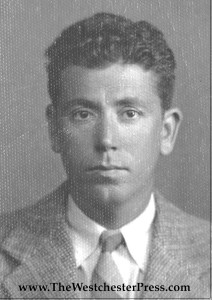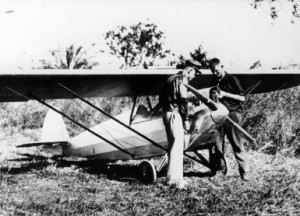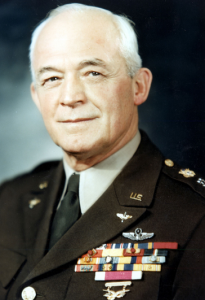
General Henry H. Arnold was Col. C. J. Tippett’s commanding officer, and pleased with Tip’s work with the CAA in Brazil, as well as his new special pen.
General Hap Arnold was also an aviation pioneer. He was one of America’s first pilots, literally. He learned to fly from the Wright brothers and was one of the first American military pilots. He was Chief of the Air Corps and then Commanding General of the US Army Air Forces – leading aviation before, through, and after World War II.
General Arnold was 58 years old on December 20th, 1944, when he wrote a letter to my grandfather, Mr. C. J. Tippett, of the CAA Mission in Rio de Janeiro, Brazil.
General Arnold was already one of Tip’s commanding officers, but since Tip was in a civilian post in Brazil at the time, he omitted Tip’s military salutation.
At the State Department’s request, Tip was using civil aviation to improve diplomatic relations between Brazil and America, and General Arnold was pleased with Tip’s progress, and “… the way the Air Forces and the CAA are working together in Brazil… ”
General Arnold was also pleased with the novelty pen Tip had sent. He wrote: “I still haven’t tried using it under water, as I’m not quite sure of the best method to test this rather “unique” quality.”
How Tip came to be in a position to gift General Hap Arnold with a “Super Stratopen” is deep within the greater story of Col. C. J. Tippett’s aviation life.
Tip moved between his civilian and military roles with a flexibility that was ideally suited to this time in history – a time of political strategy and influence. His skills were useful to both the state department, and to the air force. Tip’s work in Brazil, which came to Hap Arnold’s attention in a series of Army Air Force memos, would lay the foundations for his future work in South America.
Tip would meet General Arnold again, within three years of receiving the letter, when the “The Chief” was facing a South American issue that only Tip could solve….
The book will soon be ready for release. Please contact me to be added to the release list!

